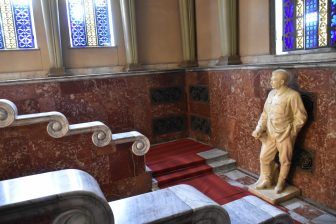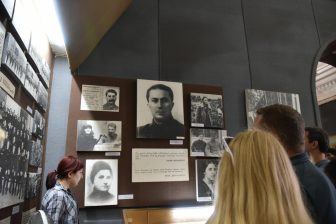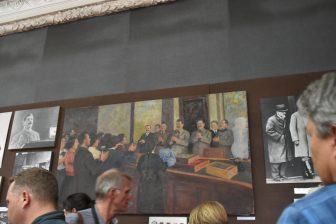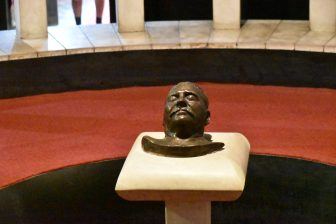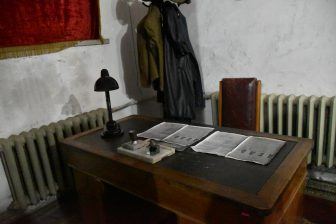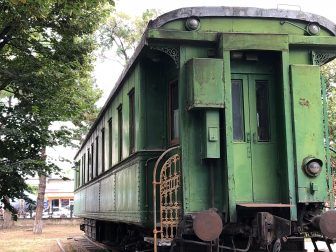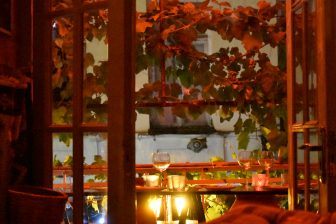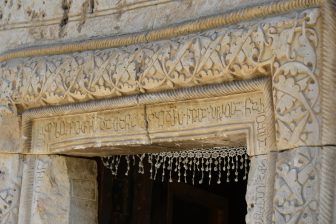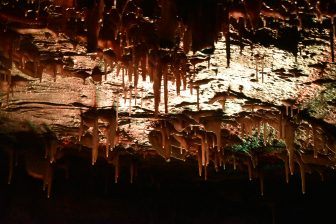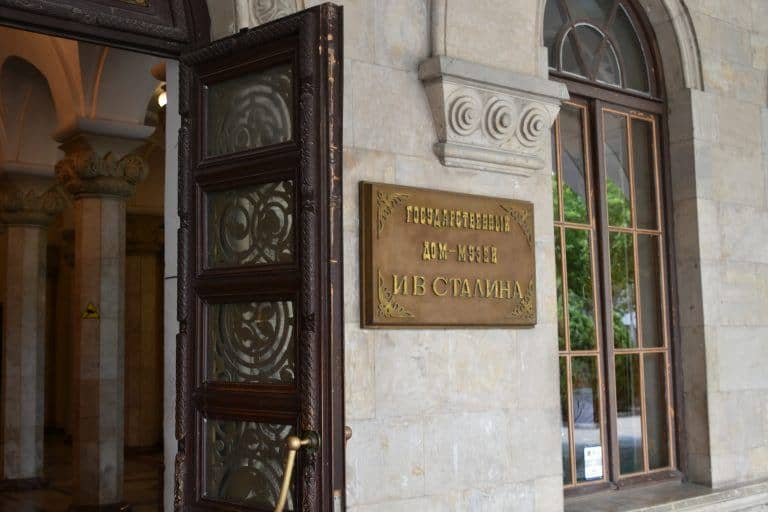
[ July, 2018 ] Gori, the city situated about 80km west of Tbilisi, the capital city of Georgia, is famous only because it is the birthplace of Stalin.
There is a magnificent Stalin Museum here.
When we arrived there, the English language tour had already started, so we hurried to join it.
There were many people in that tour, so I could not listen to the guide well and I had to watch the guide’s red lips carefully.
Anyway, we learned a few interesting things about Stalin.
His father was a shoemaker and violent and the young Stalin was beaten by him a lot.
His mother was a dressmaker and very religious, so she sent Stalin to a religious school.
Stalin read the books by Marx which were banned in the school, so he was expelled and became an activist.
He was arrested and imprisoned 7 times and sent to Siberia, but each time successfully ran away.
However, the last time he was arrested, he was beaten very badly and that is why one of his arms was shorter than the other.
He tried to get close to Lenin in a bid to get some power, but Lenin wrote “Stalin is too coarse and has too strong a lust for power. For my successor, do not choose him and instead choose Trotsky”.
Stalin assassinated Trotsky and rose to the top.
Between him and his first wife, Stalin had a son who became a prisoner of war during the Second World War.
The Germans offered to exchange him for one of their generals captured in Russia, but Stalin refused to do that, saying “It is wrong to give special treatment just because he is my son”.
The son died in the German camp.
Stalin got married again with a much younger woman and had a son and a daughter.
This son was an alcoholic and the daughter moved to the US, through India, after the death of Stalin.
Stalin’s second wife killed herself.
Stalin purged a lot of people with his colleague, Berija, who was also Georgian.
Towards the end of his life, Stalin hated Berija for some reason, so in the painting in which Berija was standing at the end of the row, the Berija figure was painted over in white.
Apparently, there is a theory that Berija poisoned Stalin, causing his death.
The highlight of the museum was the death mask of Stalin.
There are 9 masks of him and this one is the 6th.
According to the guide, the death masks are made from the first one to the next in order, so the size becomes smaller and smaller.
The body of Stalin was originally laid in the mausoleum of Lenin, but taken away from there during the Khrushchev time.
Outside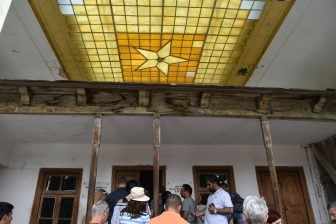
Apparently, because he had fear of heights, he could not take aeroplanes.
Everything was interesting, but for me Stalin is a historical villain who was as bad as Hitler, so I was very surprised to see this gorgeous museum dedicated to him.
In this museum, he is treated as a celebrity who made a great achievement, exhibiting his history and his private properties with the greatest care.
Only in the small rooms downstairs was the reality of his horrible purges shown and these rooms were only added in 2010.
The guide described these rooms as “showing his bad side”.
One woman in the tour reacted, “Is there a good side to him at all?”.
After the tour, Ana, our guide, said “Some people in my grandparents’ generation still think that Stalin was a hero and they celebrate his birthday and so on”.
She explained that because Stalin was Georgian, during his regime, Georgian people were treated relatively well.
In front of the city hall of Gori, there used to be a huge statue of Stalin, but when Saakashvili was the president of Georgia, it was removed.
The main street in the city is still called Stalin Street.
Ana, who was born here, told us “The young people in the city campaigned for changing the name to ‘Europe Street’, but it did not happen”.

